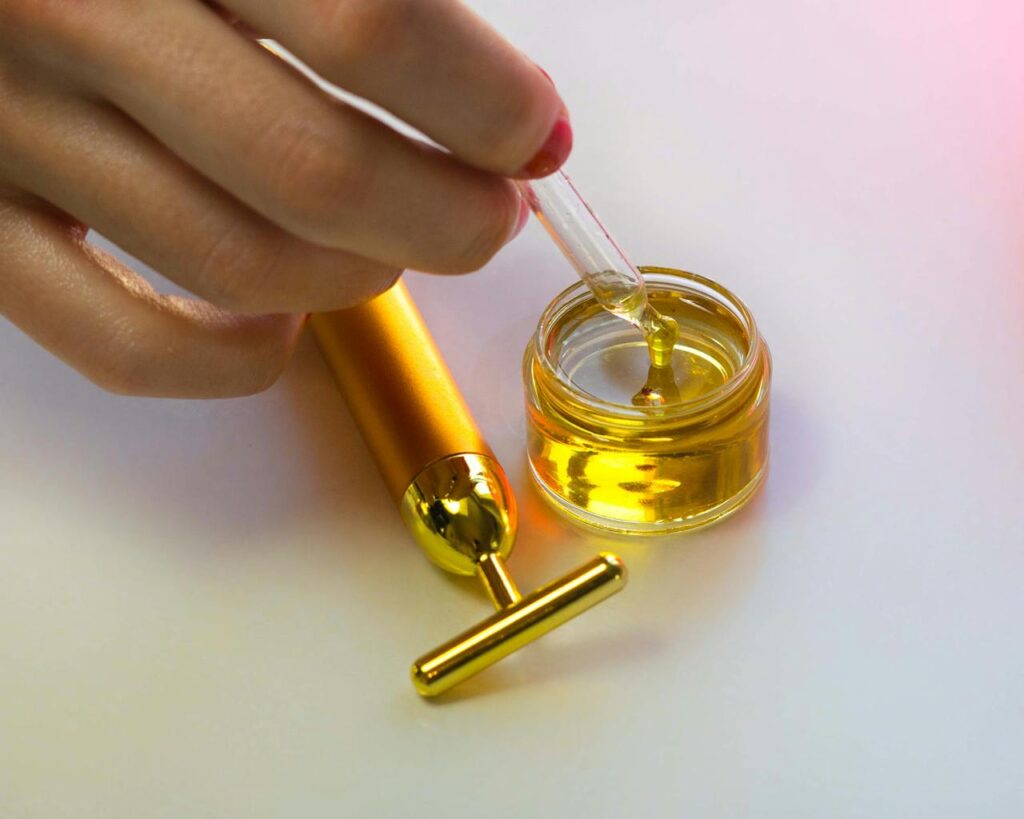Hydrated skin is the cornerstone of a radiant, healthy complexion. Yet, achieving deep, lasting moisture goes beyond slapping on a basic cream—it’s a science that hinges on understanding how skin retains water and the ingredients that make it happen. Whether you’re battling flaky winter skin or aiming to plump up fine lines, developing an effective hydration skincare routine requires the right tools. In this article, we’ll explore the essential moisturizing ingredients that deliver deep hydration, their mechanisms, and how to craft a regimen that keeps your skin supple and glowing.
Why Hydration Matters: A Skin Science Primer
Skin hydration isn’t just about aesthetics—it’s a biological necessity. The stratum corneum, your skin’s outermost layer, acts as a barrier to lock in moisture and shield against environmental stressors. When this barrier weakens—due to dehydration, harsh weather, or aging—skin becomes dull, tight, and prone to irritation.
Deep hydration restores this balance by replenishing water content and reinforcing the barrier with lipids and humectants. The result? Smoother texture, fewer wrinkles, and a natural glow. Let’s dive into the ingredients that make this possible.
1. Hyaluronic Acid: The Moisture Magnet
Hyaluronic acid (HA) is a hydration heavyweight, capable of holding 1,000 times its weight in water. Naturally found in the skin, HA acts as a humectant, drawing moisture from the air and deeper skin layers to plump the surface. Its lightweight texture makes it a staple in serums and moisturizers, delivering instant hydration without greasiness.
For deep hydration, look for products with multiple molecular weights of HA. Low-molecular-weight HA penetrates deeper for lasting moisture, while high-molecular-weight HA forms a protective film on the surface. Curious about crafting your own HA-rich formula? Check out custom skincare solutions for inspiration. Pair HA with an occlusive to lock in its benefits, and you’ve got a powerhouse hydrator.
2. Glycerin: The Unsung Hydration Hero
Glycerin might not have the buzz of newer ingredients, but its efficacy is timeless. This simple humectant pulls water into the skin from the environment or underlying tissues, making it a go-to for dry, parched complexions. What sets glycerin apart is its affordability and compatibility with all skin types—even sensitive ones.
Studies show glycerin also supports the skin barrier by boosting ceramide production, a lipid essential for retaining moisture. It’s often combined with emollients like shea butter for a double-duty effect. While it shines in lightweight lotions, glycerin’s sticky texture means it’s best used in balanced formulations to avoid tackiness.

3. Ceramides: The Barrier Builders
Ceramides are lipids that make up about 50% of your skin’s natural barrier. They act like mortar between skin cells, preventing water loss and shielding against irritants. As we age or overuse harsh products, ceramide levels drop, leading to dryness and sensitivity. Skincare with synthetic ceramides—like ceramide NP, AP, or EOP—replenishes these lipids, restoring hydration from within.
For deep hydration, ceramides excel in thicker creams or balms, especially for dry or eczema-prone skin. They’re slow-burners, offering cumulative benefits over weeks. Pair them with cholesterol and fatty acids (mimicking the skin’s natural ratio) for optimal barrier repair.
4. Squalane: The Silky Emollient
Derived from olives or sugarcane, squalane is a plant-based version of squalene, a lipid produced by your skin. As an emollient, it softens and smooths while sealing in moisture from humectants like HA or glycerin. Its non-comedogenic nature makes it a favorite for oily and acne-prone skin types, delivering hydration without clogging pores.
Squalane’s lightweight, silky feel elevates any moisturizer, and its antioxidant properties protect against environmental damage. For a luxe hydration boost, explore high-quality ingredient options that feature squalane in custom blends. It’s a must-have for locking in that dewy finish.
5. Niacinamide: The Multitasking Moisturizer
Niacinamide, a form of vitamin B3, is best known for brightening and calming skin, but its hydration benefits are equally impressive. It boosts ceramide synthesis, strengthens the skin barrier, and reduces transepidermal water loss (TEWL)—the evaporation of moisture through the skin. This makes it a stellar choice for long-term hydration and resilience.
At concentrations of 2–5%, niacinamide hydrates without irritation, pairing beautifully with HA or peptides. It’s a lightweight addition to serums or lotions, offering a subtle glow alongside moisture. For sensitive skin, it’s a gentle alternative to more aggressive actives.

Supporting Players: Oils, Butters, and Antioxidants
While the above ingredients steal the spotlight, supporting actives enhance deep hydration. Oils like jojoba and argan mimic the skin’s sebum, softening and sealing in moisture. Shea butter, rich in fatty acids, provides intense nourishment for cracked or rough patches. Antioxidants like vitamin E and green tea extract protect hydrated skin from oxidative stress, prolonging that plump, youthful look.
Formulating for Deep Hydration: The Layering Approach
Creating a hydration-focused skincare line isn’t just about picking ingredients—it’s about how they work together. Start with a humectant-heavy serum (think HA or glycerin) to pull water in, followed by an emollient-rich cream (squalane or ceramides) to lock it down. Add niacinamide for barrier support, and finish with an occlusive like petrolatum or a rich oil if your skin craves extra protection.
Timing matters, too. Apply hydrators on damp skin—post-cleansing or misting—to maximize water-binding. Night creams can lean heavier with ceramides and butters, while daytime formulas prioritize lightweight layers under SPF. Need help designing a product? Explore expert formulation services for tailored advice.
Skin Type Considerations
Not all hydration is one-size-fits-all. Oily skin benefits from gel-based humectants like HA or niacinamide, avoiding heavy oils. Dry skin thrives on ceramide- and butter-rich creams. Sensitive types should steer clear of high-glycerin formulas (which can irritate in excess) and opt for soothing squalane or ceramides. Test combinations to find your skin’s sweet spot.
The Future of Hydration Skincare
Innovation is pushing hydration to new heights. Biofermented humectants, like tremella mushroom extract, rival HA’s water-binding power with a sustainable twist. Smart delivery systems—think liposomes or microencapsulation—enhance penetration for longer-lasting moisture. As clean beauty grows, expect plant-derived ceramides and emollients to dominate formulations.
Conclusion: Building Your Hydration Arsenal
Deep hydration is an art and science, blending nature’s best with cutting-edge research. From hyaluronic acid’s instant plump to ceramides’ slow-and-steady repair, these ingredients transform dry, lackluster skin into a hydrated masterpiece. Whether you’re a DIY enthusiast or a brand creator, understanding these essentials empowers you to craft skincare that truly delivers. With the right mix, your skin will thank you with a radiant, lasting glow.


